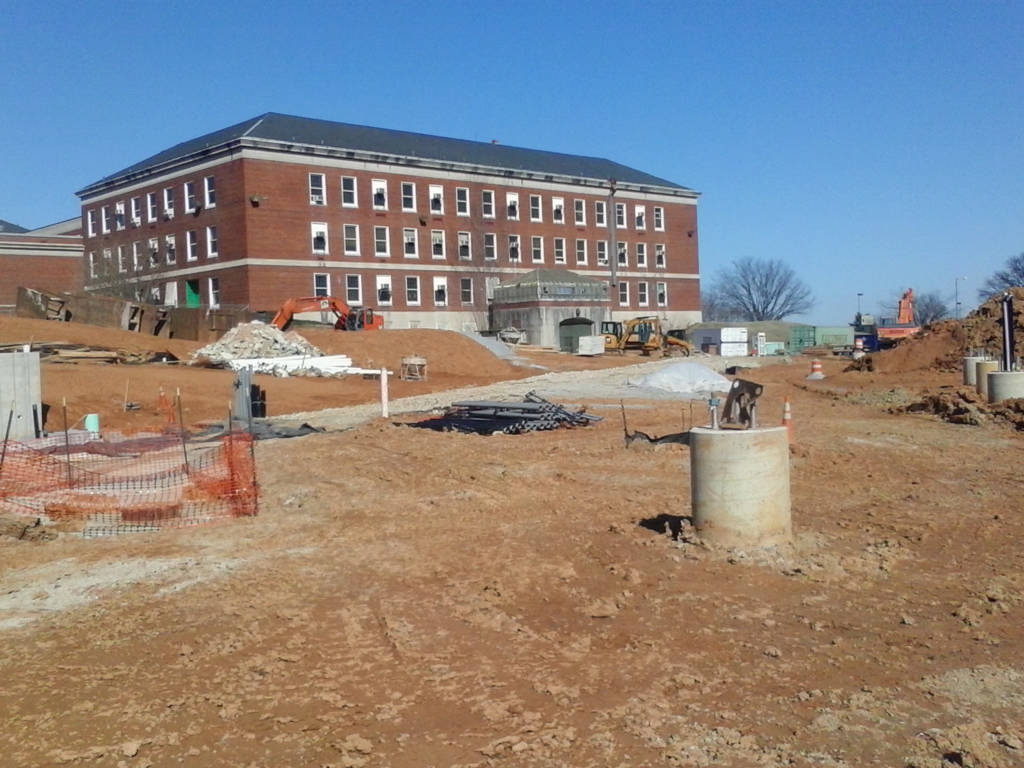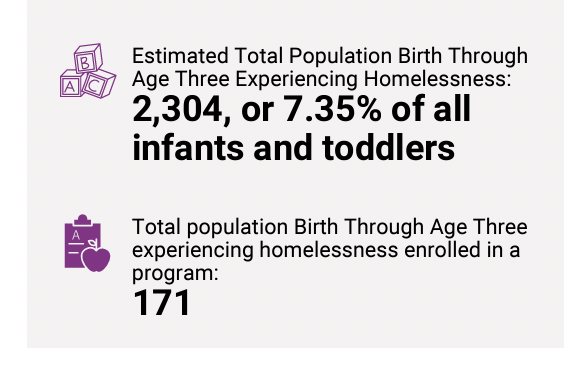Neighborhood residents should have more of a say about development plans that impact public property. That was the message of community advocates who gathered for a Feb. 15 forum hosted by the grassroots group Empower DC.
The theme of the meeting, held at the Anacostia Library was “DC Communities are Fighting Back Against Harmful Developments.” Topics ranged from an ongoing fight against the H Street/ Benning Road streetcar project, to concerns about a proposed condominium development at McMillan Park to a long-running struggle over renovations at the Highland Dwellings public housing project.
Participants learned how neighborhood groups can harness the power of legal action, municipal zoning and historic preservation laws to shape or stop projects planned for public property in their areas. In addition, they got updates about current efforts from Frazer Walton of the Kingman Park Civic Association, Tony Norman of the Friends of McMillan Park and Robert Lee of Highland Park Together We Stand.
City officials are enthusiastic about the H Street/Benning Road Streetcar line, which is expected to run between Union Station and the Anacostia River. The segment is just one piece of an overall One City Line that will travel across the city east to west from beyond the Anacostia to the Georgetown waterfront.
But the Kingman Park Civic Association is fighting the project. Members oppose the construction of a maintenance facility for the streetcars at the former Spingarn High School, built in 1913 and designated an historic landmark. They also worry about storm water run off and the dangers of “electromagnetic fields” emanating from electrical wires needed to power the streetcars
Last summer, a federal judge denied a request by the Kingman Park Civic Association to stop the construction. But the struggle goes on.
Then there is the plan by Vision McMillan Partners to build townhouses, apartments, stores and other structures on another unique city landmark, McMillan Park. McMillan served as a natural purification system until World War ll and was declared a park by President William Taft at the turn of the twentieth century. The concrete columns that underlie the 25-acre land filtration plant are some of the strongest structures in the world, advocates say, made of natural petrified concrete. These columns are so strong that they withstood the earthquake that rocked the city in 2011, cracking other landmarks including the Washington Monument.
The project as proposed by Vision McMillan would include 150 townhomes with 10 percent designated affordable, and 520 apartments, with at least 20 percent affordable, as well as a health care facility, a grocery and other stores. A community center, a healing garden, a walking path and open space would also be part of the project.
Friends of McMillan Part say they are worried about environmental damage to the site. They continue to fight “the condoization” of the historic park.
In the case of Highland Dwellings, advocates continue to work for the preservation of their homes in the garden-style public housing development. They formed Highland Together We Stand to gain more of a voice in the renovation of the 208 units project. A lawsuit against the District of Columbia Housing Authority resulted in a settlement ensuring that the development will remain public housing for 40 years. But according to resident Robert Lee, much work remains to be done to ensure the community remains viable.
“It’s not like we are not trying to embrace the change,” he said at the forum. “We have to keep something for us.” Lee said.








